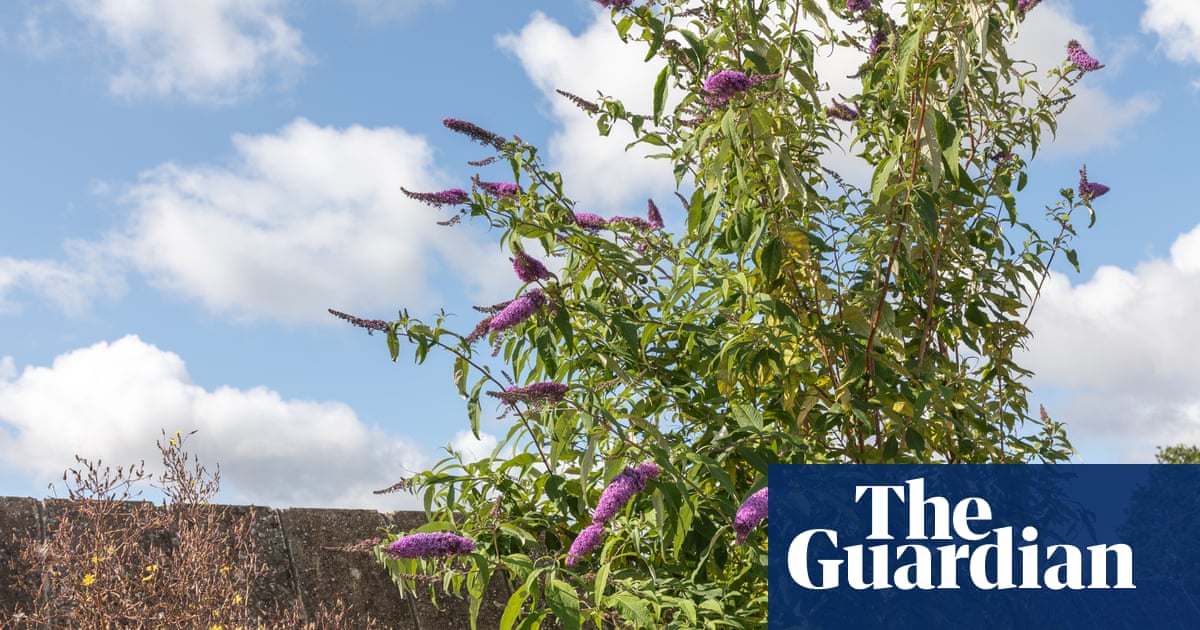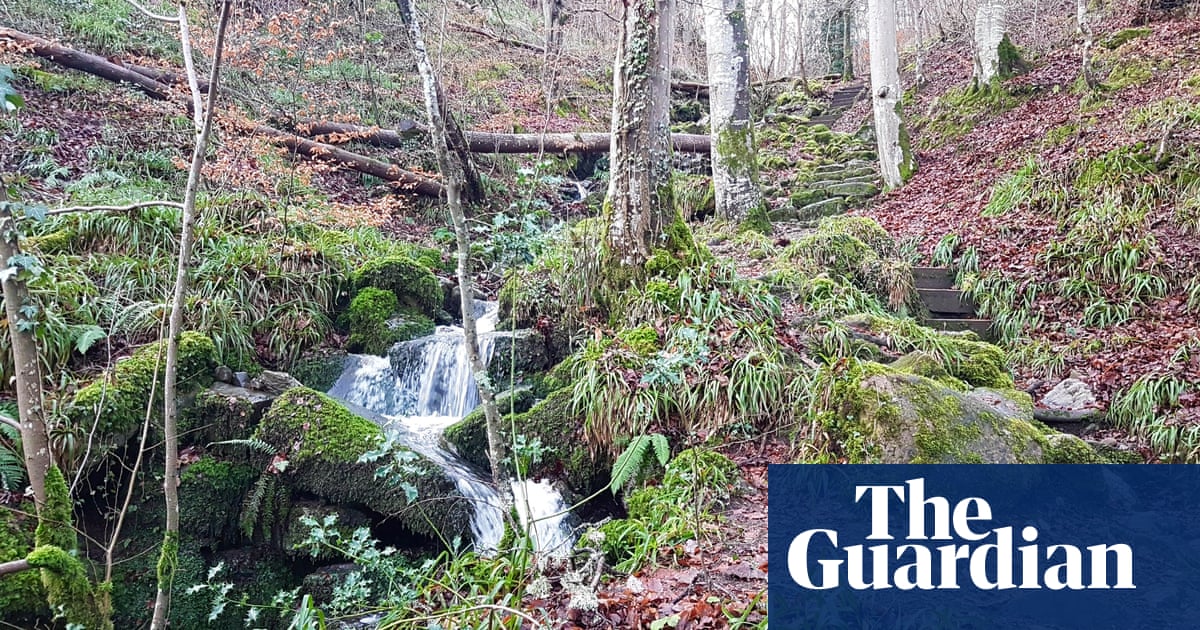
It’s the hour before sunset and the last chance to feed before the cold night ahead. There are hundreds of small birds in the field, attracted by a mix of seeding plants sown in the spring to provide winter food for finches and other seed-eaters, including yellowhammers and corn buntings.
A flock of bramblings (Fringilla montifringilla) makes swirling forays, their reddish undersides rosy in the westering light. Goldfinches skip over the hedge, yellow wing stripes twinkling like handfuls of thrown gold coins. Somewhere out in the middle of the crop, a jay squawks, hidden in a tangle of stems.
There’s a continual chattering babble of birdcalls, all seemingly in conversation with each other. It ceases only when a hunting sparrowhawk drops out of the trees and skims fast along the field edge, flying about a foot from the ground, tilting and angling, before flipping over the hedge to its kill.
Sound returns, but the bramblings stay perched high in an ash tree, plump and round as knitted Christmas tree decorations. They are winter visitors from Scandinavia, here to escape the first snow. Some years more than a million of them migrate to the UK, congregating in towns as well as the countryside.
This field is ideal for them, with its abundant forage and nearby woodland. It’s part of 30 acres planted under the countryside stewardship scheme to sustain insects and farmland birds. In summer it was a bright yellow wash of flowering sunflowers, whose brown seedheads now stand like rows of desiccated showerheads among tall, thin spears of reed millet.
Nearer to the earth, the knobbled, pointy pods of fodder radish are ripening. Its long taproots will help to improve the soil structure by breaking up compacted areas and scavenging nitrogen. There are also fat ears of triticale, a cross between wheat and cereal rye, plus glaucous kale leaves, gleams of mustard and bobbles of linseed. This is the third year the land has been cultivated for conservation purposes.
As the sun sets, the air snaps with frost over the darkening field. Rooks fly in to roost, settling loudly in the north hill coppice, and the sated finches fall quiet.












